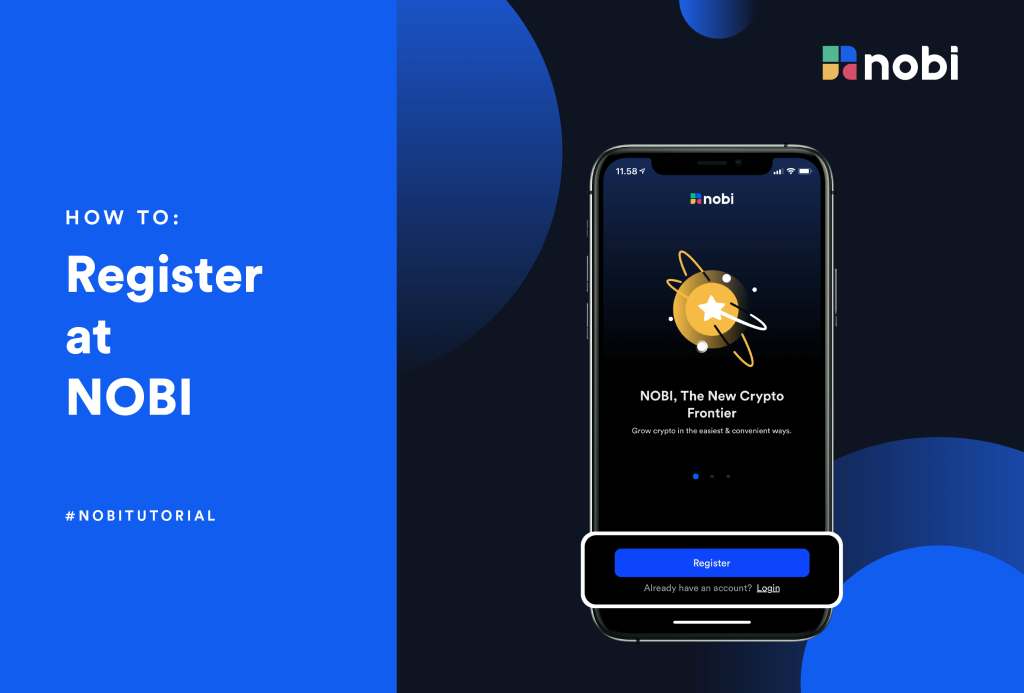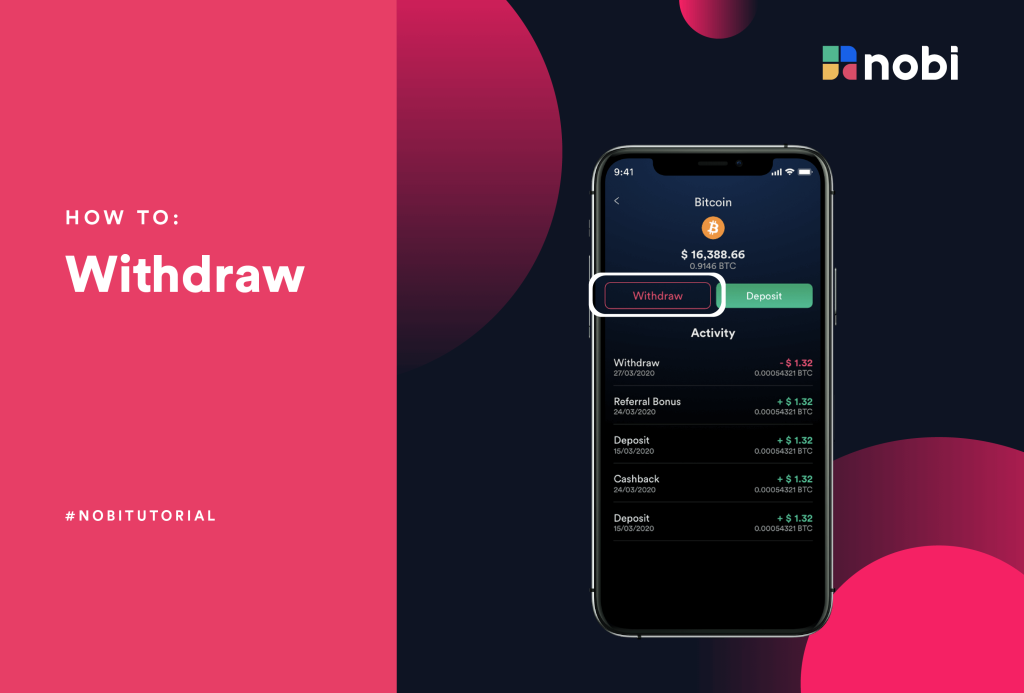When a currency, such as the dollar or the euro, drops in value over time, it leads to inflation, which raises the cost of products. The inflation rates seen by Bitcoin (and certain other cryptocurrencies) are intended to be predictable and low.
Coins such as Bitcoin are typically seen as inflation-resistant. Enthusiasts claim that they are an asset class that isn’t tied to the value of real-world items. Things get more complicated, however, when you take into account the fact that each cryptocurrency is different and that some are inflationary by nature.
With inflation at an all-time high, consumers are flocking to anything that can serve as a hedge against inflation. Some investors are claimed to have flocked to bitcoin in order to protect their money from the effects of rapid inflation. But what actually does that mean?
What is inflation?
The term “inflation” in economics describes the progressive loss of the value of a currency. This means that the price of essential goods products may rise, but the currency’s purchasing power will remain the same. In other words, each unit of money is worth lower.
What factors contribute to inflation?
Here are the two main types of inflation and what causes them.
1. Demand-Pull inflation
Demand-pull inflation occurs when demand for goods or services increases but supply remains steady. This increases scarcity and drives up prices.
When the economy is performing well, people’s and business’ revenues improve, resulting in increased competitiveness. Manufacturers typically respond to this by raising their price.
A rapid increase in the popularity of an item can also produce demand-pull inflation on a limited scale. Take, for example, surgical masks. When Covid-19 initially appeared, the demand for face masks skyrocketed. Yet, the supply of masks did not rise at the same rate, resulting in scarcity. Mask prices skyrocketed as a result of scarcity and rising demand.
2. Cost-push inflation
When the supply of critical commodities or services diminishes but demand remains steady, cost-push inflation occurs.
Unpredictable events, such as a pandemic, production stifling, and other challenges are common causes of cost-push inflation.
Let’s take look at the oil price model. Whenever an international agreement regulating oil output is implemented, global oil producers must alter their protocols. Despite the international event, demand for oil remains high. This frequently results in a decrease in supply – scarcity – of oil and an increase in its price.
Why is inflation important for crypto assets?
Due to the obvious high rate of inflation in fiat money, some people have chosen to invest in digital currencies instead.
This is frequently due to the generally held belief that fiat currencies, such as the US Dollar, will lose value over time as a result of inflation.
Meanwhile, cryptocurrencies have a number of mechanisms that protect them from inflation. Scarcity is the most important aspect of this trait. Indicating that the market’s circulating supply is limited and will rarely rise.
Furthermore, governments cannot regulate Bitcoin (BTC) and other crypto-assets such as Ethereum (ETH). This means they are better protected from the effects of government policy on interest rates and printing.
The bitcoin market, on the other hand, is famously volatile. As an example of Decentralized Finance (DeFi), there is no one to govern it, and most market movements are determined by users.
Final Thoughts
Because cryptocurrency has no trading history during periods of inflation, there is no data-backed approach to predict how inflation would effect prices. However, based on the performance of other asset classes that share similar characteristics as crypto assets, investors can make some predictions from that correlation.
Finally, while cryptocurrencies can still be considered risky in any market conditions, it is important for us to do some independent research (DYOR) before deciding to invest in it. In addition, you can also take advantage of the services of a financial advisor who has expertise in the crypto industry if you are not sure when to invest.
Related Article













